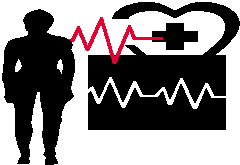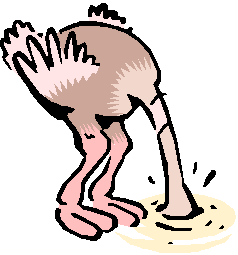|
23 |
|
own, give the trigger, then reward immediately after the event. During our training sessions, and other times, we need to interrupt our dog's behavior when they start to engage in an activity we find unacceptable. We don't want to hurt or instill pain in our sessions because this alters the dog's mood from a happy worker to a sad performer. Modern scientists did a take off of Pavlov's Law by taking a group of volunteers and putting them in a chair and attaching them to biofeedback meters to measure their body responses. They then told the students that whenever they saw a light signal and heard a tone, they would get an electrical shock. When they received that shock, the students would tense up their bodies to receive the shock. Again, after a few repetitions of these exercises the |
|
electrical shock was not applied, but the student would still tense up their body as if they received the shock. This is similar to our response when an object is moving toward our eyes and we flinch to avoid it. We do this automatically; we are not thinking about doing the response. It is this flinching response we want when our dogs hear our command "No"; that momentary tensing of their bodies so we can redirect the activity. We are all familiar with the dog who has selective hearing when they are excited about something. Again, we are talking about a mood in our dog. If our foundation training is to be effective, we must train in the most intense mood we can. To program our signal, and for it |





